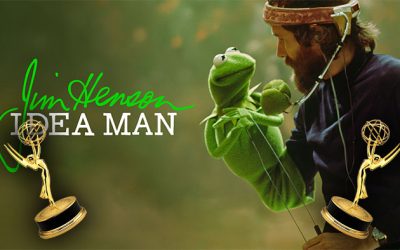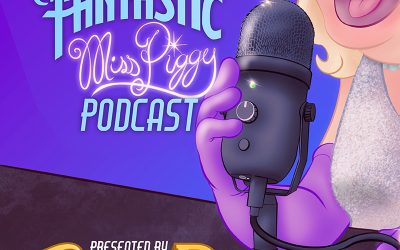Back to School
Part 8: First the People, then the Things
The aptly-named Sesame Street Book of People and Things isn’t just about People. It’s about Things, too. But mostly People.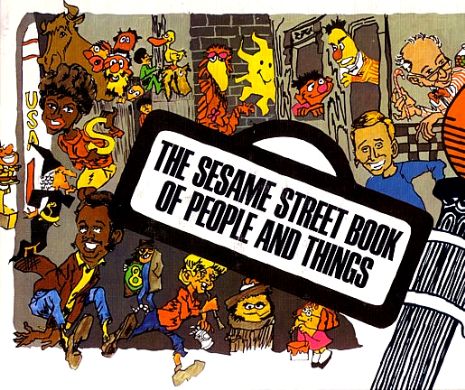
The most important thing about People, apparently, is dousing them with water, so we start off with a couple pictures of people swimming, and then some pictures of Ernie in the tub.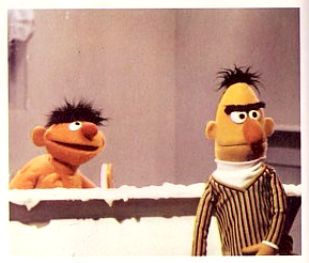
Then we’ve got four pages telling the story of Solomon Grundy washing himself. Washing was a huge deal in the early days of Sesame Street; there must have been a ton of stinky kids back then.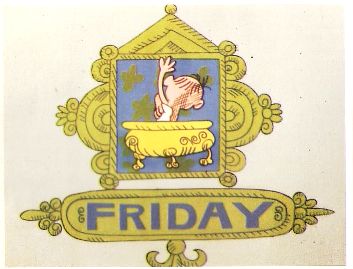
Then we’re hit with the question: “Can you think of any other things that get washed?” At last! Things. That’s on a page with a picture of some kids playing in water, a wet monkey, and a couple kids in a bathtub. After that is another picture of a wet monkey. Apparently the Things are mostly Monkeys. Why isn’t this called The Sesame Street Book of People and Monkeys?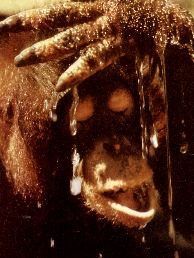
Then we get into the emotions curriculum. There’s a little story with Kermit and Cookie Monster, who at this point is just called Monster. I’d post the whole thing, but it’s 17 panels long, and the pictures are all pretty much identical. Here’s the high point.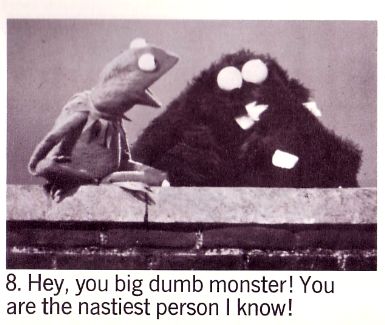
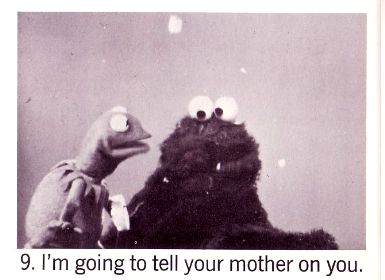
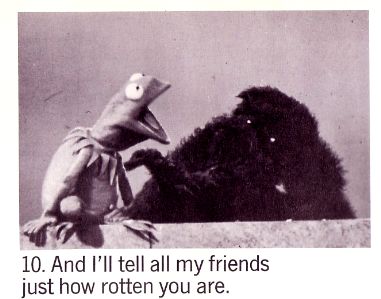
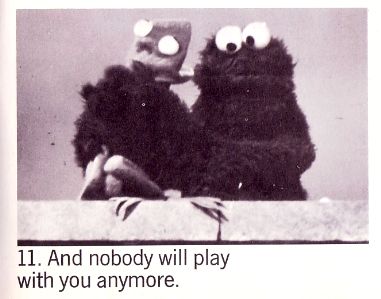
Then Susan shows us some more emotions. She’s beautiful when she’s angry, isn’t she?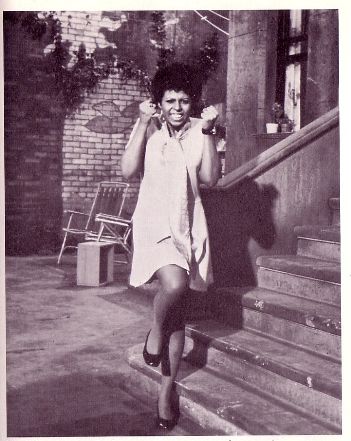
Then Ernie talks some more about being mad, and then Oscar talks about being mad. The emotions thing goes on and on, page after page. We’re more than halfway through at this point and I’ve hardly seen a single Thing in this whole book. I feel completely ripped off.
Then Bob goes ahead and asks us if we know some of the people in our neighborhood.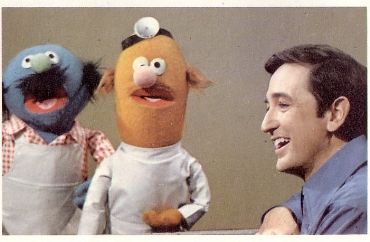
And then it gives some examples of people in the neighborhood. There’s eight examples of things people can be. Girls, for example, can be hairdressers. And boys can be policemen, construction men, window washers, candy store owners, firemen, spacemen and skindivers.
Man! No wonder Susan’s so angry.
Then Gordon asks one of the crucial questions we all have to face when we’re growing up: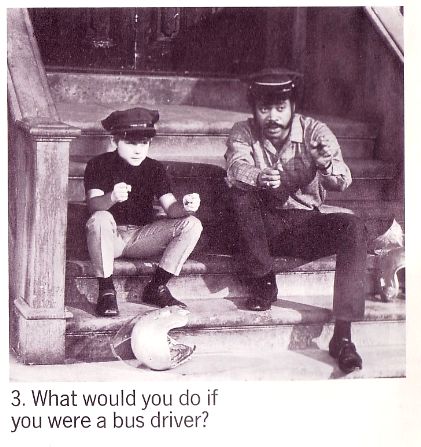
I’m sure they just ran out of space, and what he meant to say here was: “What would you do if you were a bus driver and the bus was rigged to explode if it went below fifty miles an hour?”
“Sometimes it’s hard to get along with people,” the book says, apropos of nothing. I don’t know what the pre-schoolers of 1970 made of this book. I can’t make heads or tails of it myself. There’s three pictures of crying children.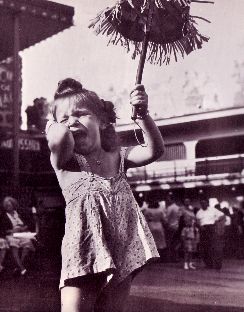
On the next page, Big Bird asks, “Susan, did you ever think about living someplace else? I mean, we all live here in the city. But some people live way out in the country.”
Well, sure. And some people go dancing in nightclubs. What the heck does THAT have to do with anything? What about those crying children? What about the rights of that little girl?
But there’s no stopping this book; it’s a runaway train. Here’s the entire rest of the text, which is illustrated with a whole bunch of farm pictures:
Yes, Big Bird on farms. People grow food on farms.
Food like corn.
Corn grows on plants.
The milk you drink comes from the farmer’s cows.
Your cereal is made from grain.
Grain grows in a field.
Beets grow under the ground.
AND CHILDREN GROW UP ALL OVER THE WORLD!
And that, believe it or not, is the end of The Sesame Street Book of People and Things. The Things, in this case, being Monkeys and Beets.
by Danny Horn


